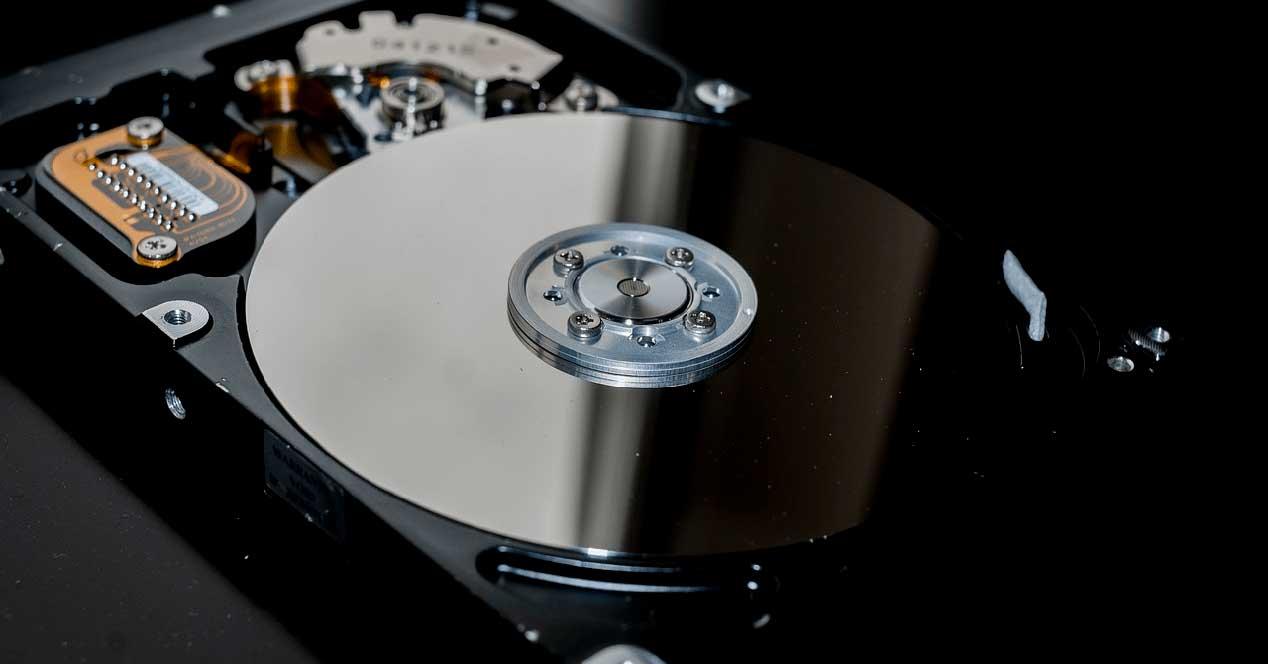It is possible, perhaps more than possible, plausible, that this technology will not soon reach the hard disks of the user, the common market, but it should not be ignored for this, on the contrary, it is is the step before being implemented at low level and at low cost. Toshiba has designed a new line and series of hard drives called MG09, which is the first to incorporate the so-called FC-MAMR technology, a variation of what is already known and in itself new, how did they do it and why consists?
The concept of MAMR as a fundamental basis for taking a step forward
Taking the old one (note the irony) and improving it is exactly what Toshiba did by choosing MAMR technology (Microwave assisted magnetic recording) as a base. To understand how little we know about FC-MAMR, let’s start by knowing where it starts, because without this new information we might not understand where the improvements are from the Japanese.
MAMR is a complicated technology, as it uses resonances and frequencies across an STO in ranges of 20 GHz to 40 GHz while the hard disk head is recording on the platter. This is, and to simplify the concept:
Apply a magnetic field (electromagnetic step, eye) to weaken the recording area and its strength to change. With these high frequencies via the STO, it is possible to spend less energy and record more accurately, which directly involves more data in the same useful area, thus improving the capacity of the hard disk.
Logically, this implies a series of new materials, new mechanical parts, torques and heads of course. What is achieved with all of this is that the polarized electrons change and “rotate” their state through the oscillator, requiring less energy than a normal head, improving density per square centimeter, and causing no noise. temperature changes beyond what is currently achieved. a hard disc.
Can you improve on something that already looks like the future?
Well yes, with a technology already present and on the market. The FC-MAMR concept was considered to have great promise for expanding the recording density of hard disks. Obviously, this refers to the future, because as we said, Japanese hard drives are a reality for any business that can afford them.
FC-MAMR just Flow-controlled microwave assisted magnetic recording, where everything logically revolves around the concept of Flux-Control. There is really very little information about this, so when Toshiba explains everything in more detail, we’ll expand on this article with all the details, but in the meantime we’ll explain how it works.
What is FC-MAMR and how is it upgraded to hard drive?
Of course we know how the head of a hard drive works, but let’s briefly review because the numbers deserve it: we have one or more read and write heads that divide into two parts or poles where a magnetic field crosses them. permanently to be able to read or write on the plate.
Well, this distance with MAMR technology is only 20nm, which implies a degree of precision never seen before, since it is a mechanical part that moves without s’ stop and which also needs a nanosecond to record or read the magnetic field. field and its bits. With this in mind comes FC-MAMR, where Toshiba has successfully applied a current to bias the STO by means of direct current.
What have they achieved? Induce the oscillation and thereby change the magnetization of the STO to produce a more precise microwave magnetic field. In other words, by magnetizing the direction produced by the STO, they changed the field of the plate. Well, this STO and magnetization control was called Flux-Control.
What is achieved with all of this is to strengthen the recording magnetic field, thereby generating less microwaves, which leads to improved magnetic field strength. Basically, it is possible to record data on the platter with better intensity and spending less power, being more precise and thus increasing the write performance of the head and the capacity of the disk.
Toshiba assured that in their simulations, they show the efficiency of increasing the bias current, where they were able to achieve write speeds of 3 Gbit / s
Low fuel consumption at idle and very competitive in the maximum rev range
The first data presented in the MG09 range of Toshiba professional hard drives show very surprising data from this FC-MAMR technology, namely that the drives only consume 0.23 watt as the maximum number while they are inactive (MG09 of 18TB), where the average of them is 8.74 watts.
As if that weren’t enough, this FC-MAMR technology is also compatible with Watercraft as a persistent write cache and PLP to prevent and protect power loss with every model, something very important in servers, where no bit can be lost or misspelled.
When it comes to the consumer sector, we might not see this type of hard drive, mainly because Toshiba is going to give the green light to its second generation MAMR technology and with that, in theory, it will compete with FC- MAMR to launch hard drives for the general public with more capacity and at a competitive price. The biggest problem is that at the rate at which everything is developing at the moment it means quietly 5 years if all goes well, because for the moment this type of technology has not been ahead of the dates, but well in the past. contrary.
Table of Contents











